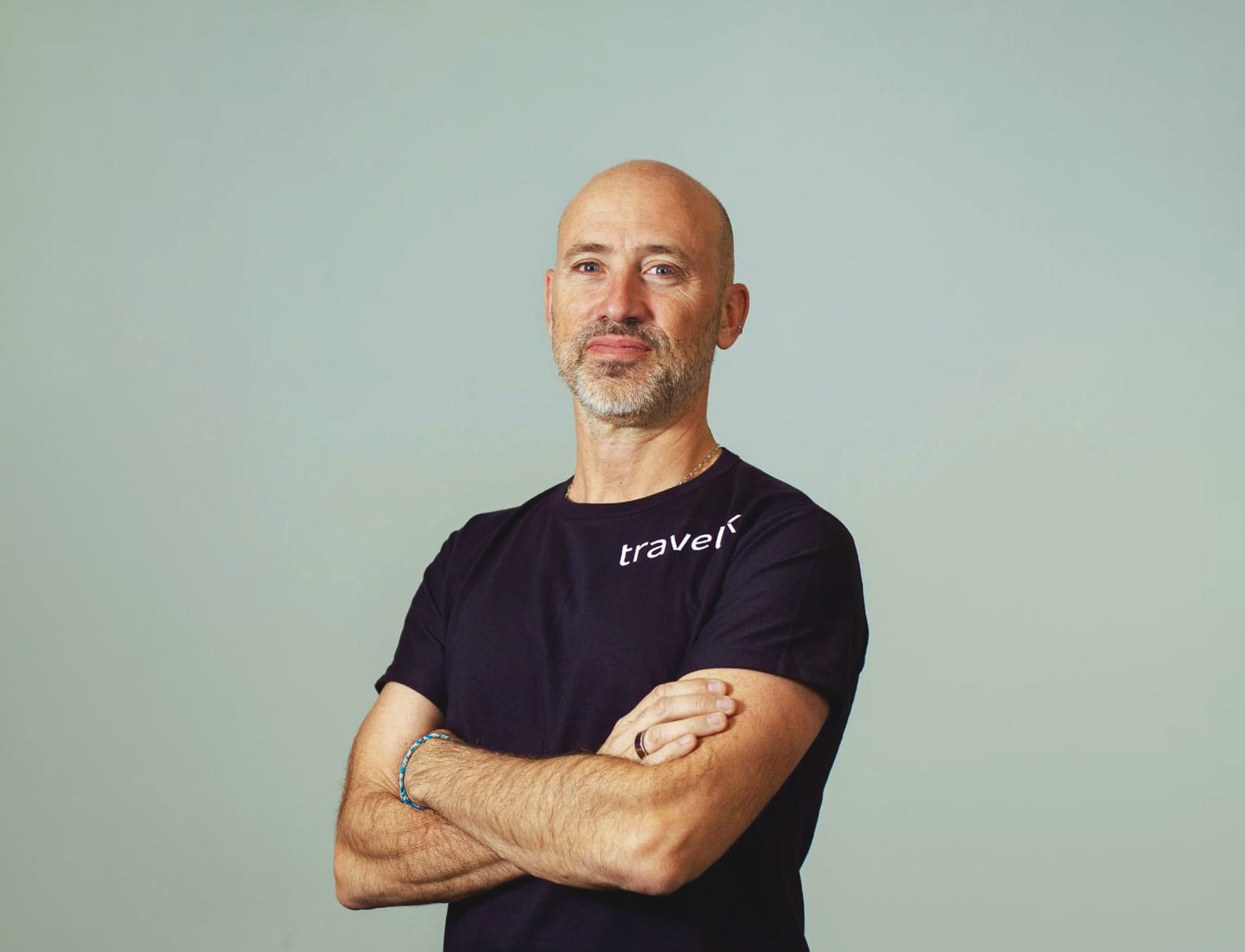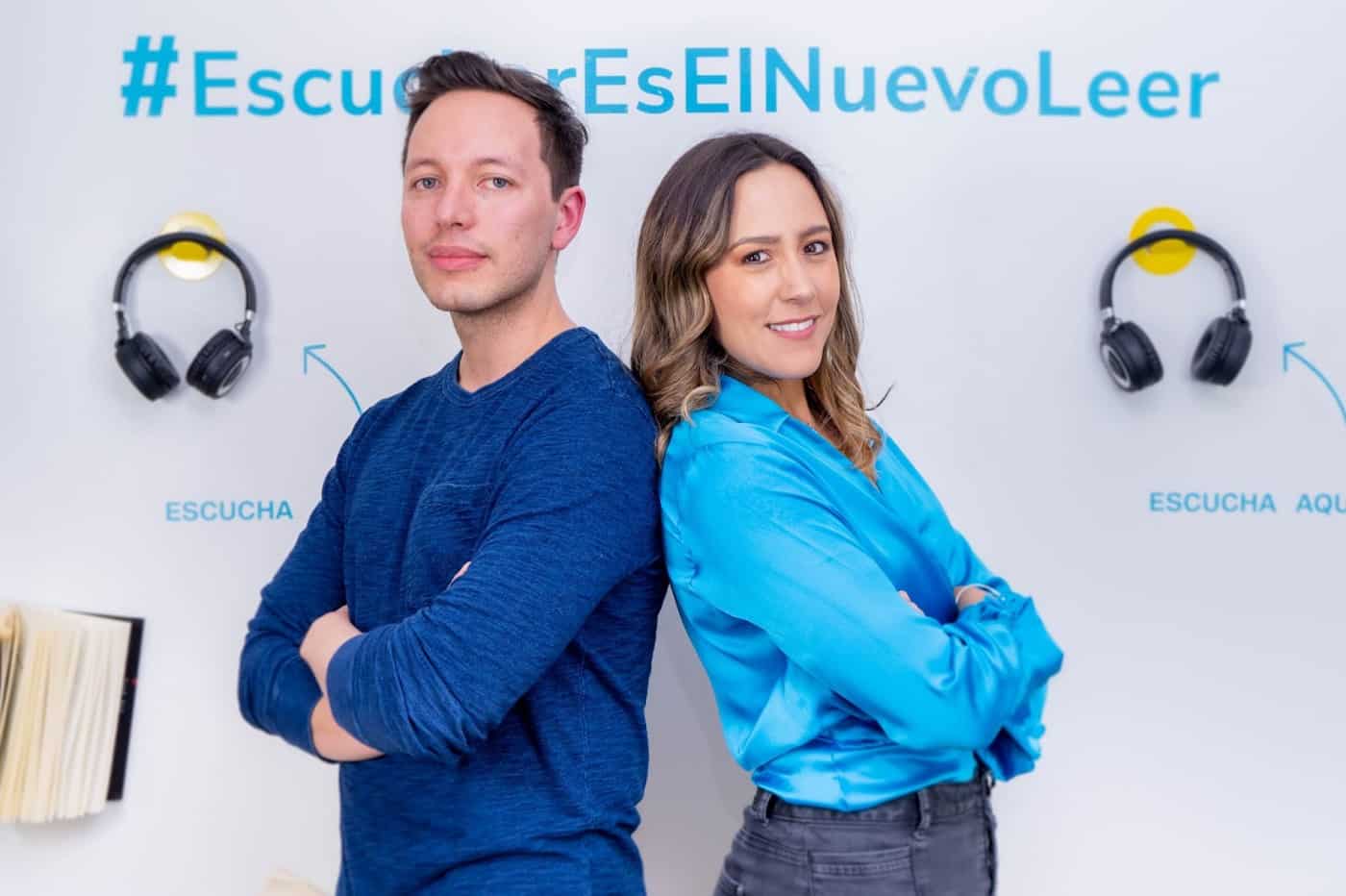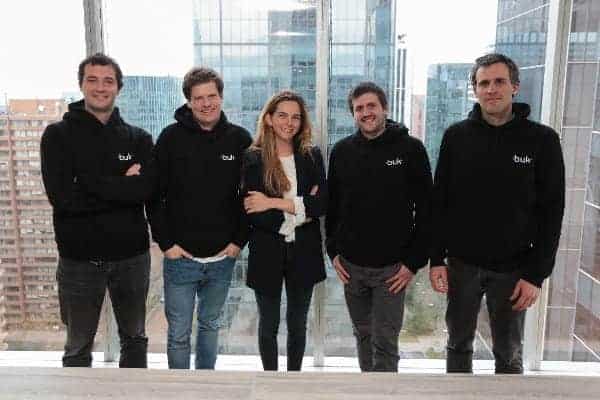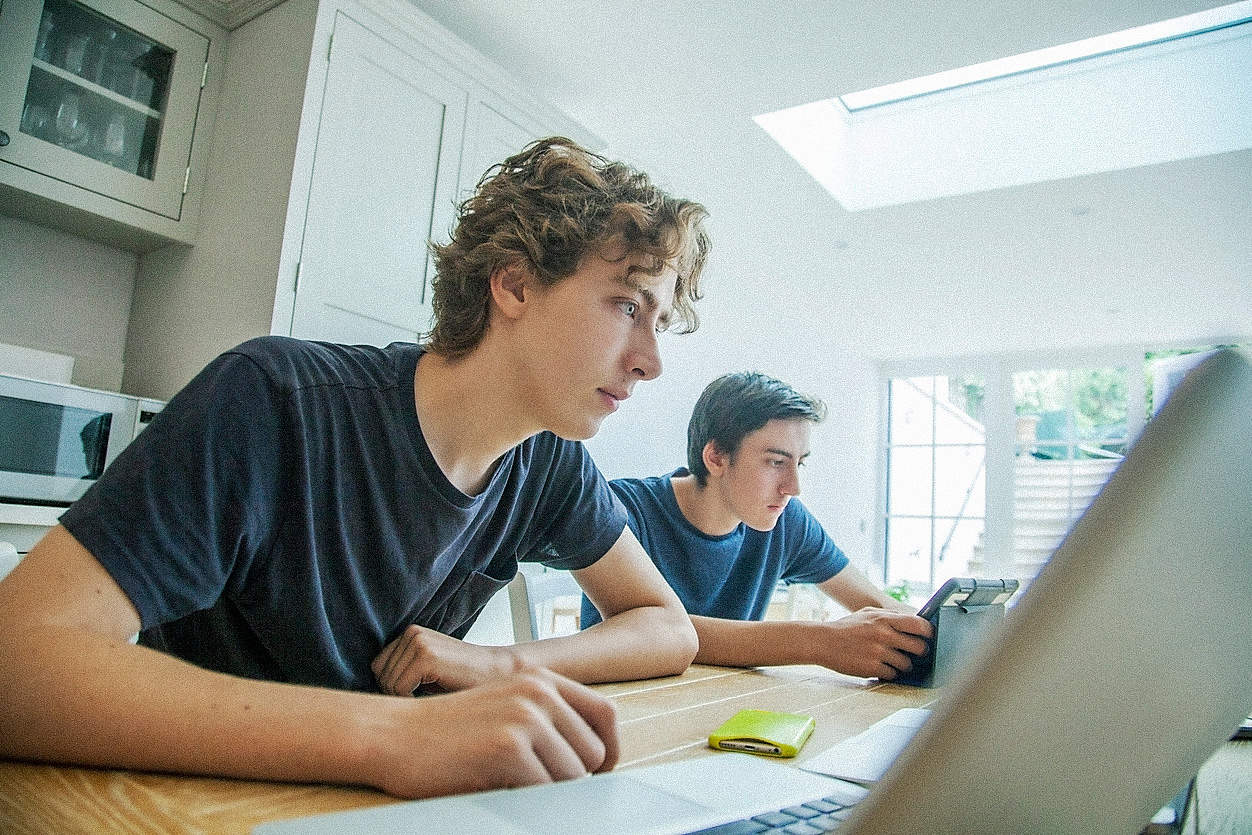In 2022, Juan Pablo Lafosse traveled more than 400,000 miles by plane, but this is not new for the entrepreneur with an extensive travel industry background. After almost 30 years in the sector, Lafosse launched a new project in 2021: TravelX, a company that wants to shake up all the players in the world of tourism through blockchain technology.
His CV makes it clear that he knows what he is getting into: he founded the most important travel company of the 90s in Argentina, Asatej; he was Commercial Director of Aerolineas Argentinas; and then he returned to entrepreneurship with Almundo, a new version of his company that he finally sold to the Brazilian group CVC for US$77 million, in 2019.
In the last few years, he positioned himself firmly with his role as an investor: in 2021, he created, together with a group of partners, Newtopia, a US$50 million VC focused on early-stage companies, designed for Latin America and with Marcos Galperin from MercadoLibre as part of the board of directors.
That journey led him to create TravelX, based in the US, with its 80 employees working from different parts of the world, including Latin America.
To date, his startup has raised US$16 million: US$11 million in the first round at the end of 2021 and US$5 million in a round extension last year, where it was valued at US$100 million.
This week, the firm announced that it had added three big names to its list of investors: Montie Brewer, former CEO of Air Canada and board member of Allegiant and Finnair; Matias Woloski, co-founder and CTO of unicorn Auth0; and Manu Ginóbili, the Argentine basketball player and four-time NBA champion and Olympic medalist.
Lafosse wants NFTs, which became popular in the art and entertainment world, to reach the travel industry. For that, he proposes what he calls NFTickets, tokenized airline tickets that rely on blockchain technology. This means that any user can own that ticket and, if desired, sell it or transfer it to another person and even earn money if its price increases. Airlines such as Argentina’s low-cost Flybondi are already implementing the model, and Lafosse hopes his project will permeate other areas of the industry, such as hotels and tourism services.
You have a long history in the travel industry. What things did you want to change when you founded TravelX?
My experience allowed me to understand the pains of the travel industry, which has a lot of friction, and the different actors are not aligned. It is an industry where the interests of one go against those of others: it is an industry of frenemies, where the benefits of some are not necessarily benefits for others, and that prevents building in a collaborative way.
It is also an industry with many inefficiencies, where processes could be much simpler and more cost-effective. About two years ago, when I began to understand the blockchain and the problems it solved, I realized that it was precisely the technology that could help make the industry more profitable, more efficient, with less friction, and much more collaborative.
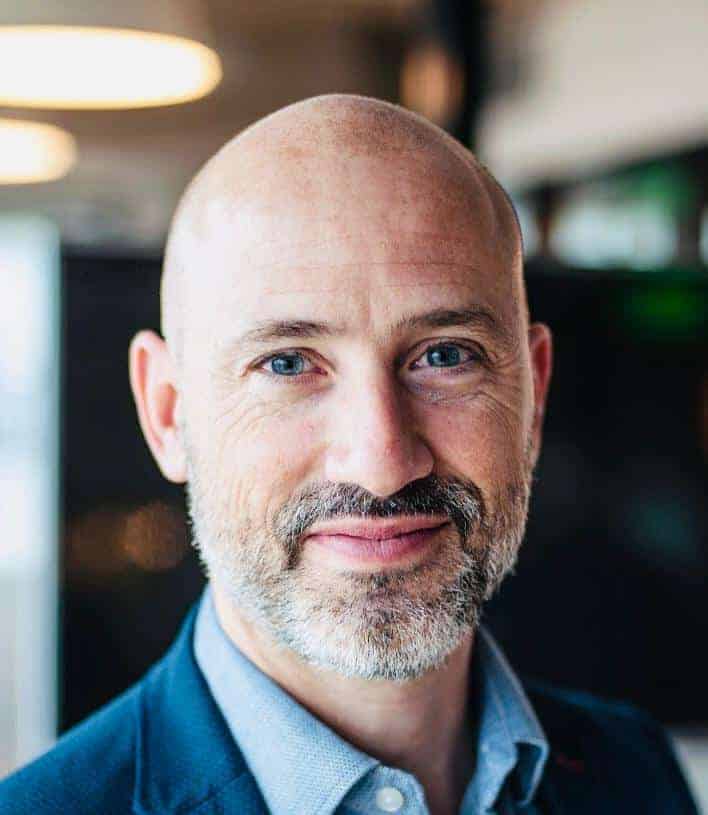
In this industry of frenemies that you mention, I imagine it must be a challenge to go out and sell such a new product, where you also have to evangelize about its use…
Definitely. During the last 18 months, the focus has been on the one hand, evangelizing and, on the other to understand how to build a path that is easy to adopt. In that sense, we are a “two points something” web company: we don’t want to bring travel to Web3, but we want to use blockchain for the whole industry to adopt it. We are not fundamentalists; quite the opposite. We are doing something for any airline so that travelers can have a much better experience and never notice what technology they are using. We also understood that there are different types of companies. Today we are focusing on early adopters, teams willing to innovate and take certain risks. Some teams have the margin to make these decisions, and some may find it more difficult, and there is nothing wrong with that. While today we have a pipeline of more than 60 airlines interested in adopting our infrastructure, we also understand which companies are willing to be the first to do so. And that’s where we’re putting energy.
What is the business model? Are the airlines the customers?
Our business model is simple. We are infrastructure for airlines. That means an airline can adopt our technology and create use cases they don’t have today, such as allowing their customers to buy a tokenized ticket or an NFTicket, and thus own that asset. As owners of that asset, they can transfer or resell it under the airline’s business rules. In this way, we create new use cases that improve the traveler experience, generate incremental revenue for the airlines, reduce their operating costs, and allow them to increase demand. For this technology, we have a revenue share model where we share the revenue with the airlines in the generation of these incremental revenues.
Why would it be convenient for the airline to give up the power over the ticket?
They cede that power, but – and this is what blockchain gives you – by defining the rules of those smart contracts in which every time there is a new transaction, the owner of that asset pays a transaction fee, and part of that fee goes to the airline. You, as a traveler, are willing to pay more and buy in advance because you have an asset that has more flexibility. If there is an increase in value, the smart contract also collects a relevant percentage of that increase in value and transfers it to the airline. So it is a win-win model. And blockchain technology is the one that gives you that certainty.
Going to your investor profile, where is your focus today after a year when the venture capital market changed?
The biggest impact had to do with the later stages. That is, from Series B rounds onwards, where there were extremely high valuations. I see a lot of opportunities in the early stages, especially for second-time founders, entrepreneurs who already have some battles under their belts.
I see opportunities in Web3, but especially in everything related to real use cases. I see a great opportunity in everything related to tokenizing assets, such as commodities, or in many industries with complex or inefficient supply chains, where blockchain could help a lot. I think that in Latin America, the pandemic showed many of the problems that existed in sectors that had not been digitized, so I also see a great opportunity there.
What are your expectations for 2023?
Today my main objective is TravelX. This is a year in which we really have to reach many companies and demonstrate that we not only have product market fit but also have the capacity to generate value for our partners. And that is the main objective for this year: to implement and generate value for the airlines that trust us and that, at some point, will allow us to continue implementing new airlines and to be able to start a Series A process that we have projected for the second part of the year.
You also may be interested in: The Intelligence Behind Runway
